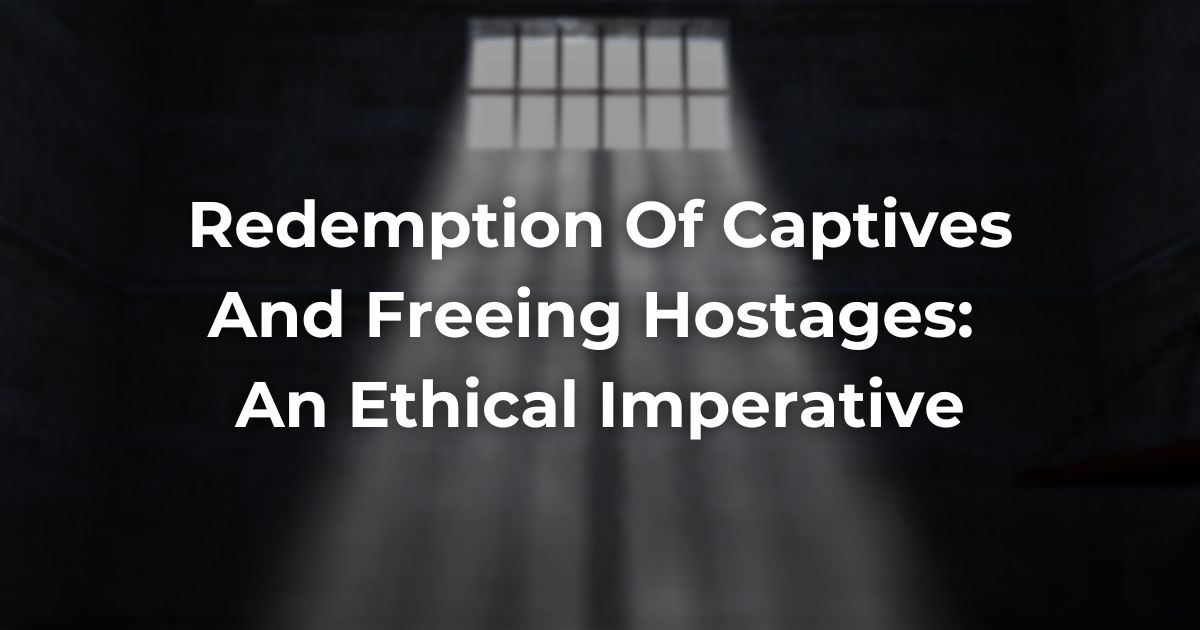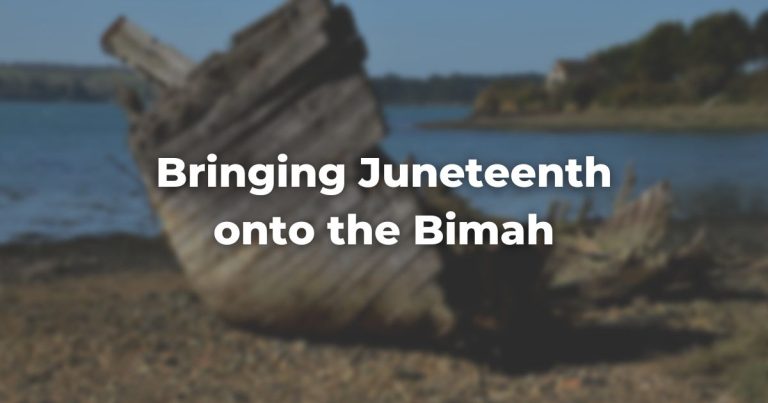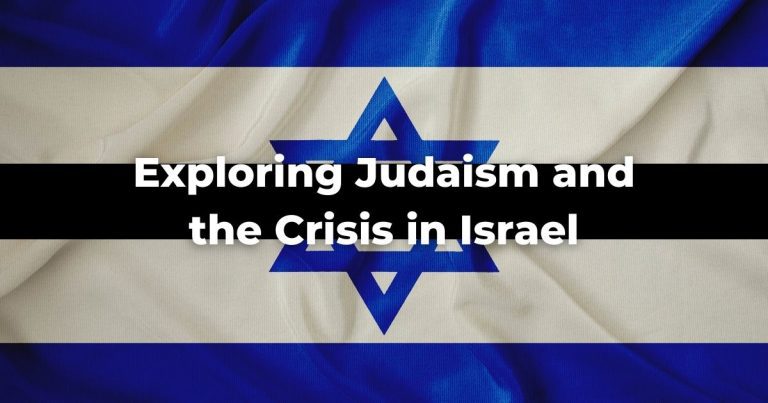This piece is part of Exploring Judaism’s 5785 High Holiday Reader. Download the whole reader here.
Until recent years, people thought of the topic of kidnapping as something that happened in the distant past, by pirates or highway robbers, something far away from our realities. But events of the last five decades – like the Entebbe hijacking and rescue in 1976, the kidnapping of Israeli soldier Gilat Shalit in 2006 and his release in 2011, the disappearance in Gaza of Ethiopian Israeli Avraham “Avera” Mengistu in 2014, and the kidnapping of 3 boys in Gush Etzion also in 2014 – have, unfortunately, have given the topic new relevance.
On October 7, 2023, a mass kidnapping by Hamas of 251 Israelis, along with the massacre of 1,139 other civilians, soldiers, and foreign nationals, brought this topic to the center again. People with varying political and social agendas have cited Jewish sources to justify their claims, whether to facilitate the hostages’ release at any cost or to leave them in captivity rather than end the war and release Palestinian prisoners in exchange for the hostages’ liberty.
With all of Judaism’s attention to building community, caring for the disadvantaged, and making the world a better place, it seems obvious that freeing hostages would be a high priority.
Indeed, for the past 2,000 years, rabbis and scholars have written about the redeeming of captives as an essential responsibility of individuals and communities.
“There is no greater mitzvah than redeeming captives”, writes Maimonides (TorahRefers to the first five books of the Hebrew Bible, the Tanakh, also called the Five Books of Moses, Pentateuch or the Hebrew equivalent, Humash. This is also called the Written Torah. The term may also refer to teachings that expound on Jewish tradition. Read more commentator, royal advisor and physician who lived in Spain, Morocco and Egypt, 1138-1204).
Redeeming captives takes precedence over feeding the poor and clothing them, since the captive is included among the hungry, thirsty, and naked, [and people] in danger of losing their lives. And one who averts his eyes from redeeming them transgresses (the Biblical commandments) ‘do not harden your heart or shut your hand’, and ‘do not stand idly by the blood of your neighbor’,… and nullifies the commandments: ‘You shall surely revive your brother’,… ‘You shall love your neighbor as yourself’, and many similar precepts (Maimonides’ Mishneh Torah, Gifts to the Poor 8:10).
The definitive book of Jewish law from the 1500s, the Shulkhan Arukh, confirms: “Every moment that one delays in redeeming captives, when it is possible to expedite, it is considered as if one has shed blood.” (Yoreh De’ah, 252:2)
It seems like an open and shut case — obviously, we should do everything possible to bring the hostages home and save their lives. So why is there still debate?
The core issue is the cost that communities and individuals should pay as redemption payments, what we call, ransom.
One may not redeem captives for more than their value, mipnei tikkun ha‘olam (for the betterment of the world)” and one may not aid the captives to escape, for the betterment of the world. Rabban Shimon ben Gamliel says, ‘For the good of the captives.’ (MishnahA collection of rabbinic teachings edited in Israel around 225 CE. Organized in six sedaraim by subject matter and dealing with both ritual and civil law. Both the Jerusalem and Babylonian Talmud are expansive discussions of the Mishnah. Read more Gittin 4:6, c. 200 C.E.).
In the Mishnah, “tikkun olam” referred to the smooth running of society. Today, tikkun olam has taken on other meanings, like repairing the world, referring to social justice or environmental work.
The sages are divided over the meaning of “tikkun ha‘olam” which in this context is best translated as betterment of the world, aligning with the Mishnah’s understanding. Is the Mishnah’s concern about burdening the community with heavy financial obligations? Or is the aim to prevent incentivizing future abductions once the captors see it is profitable?
Maimonides adopts the second view: “We do not redeem captives for more than their value mipnei tikkun olam, lest the enemies pursue them to capture them” (Mishneh Torah, Laws of Gifts to the Poor 8:12).
Risking the Lives of Captives/Pikuach Nefesh
However, in cases where the captive’s life is in danger, the principle of pikuach nefesh (saving a life) tips the balance in favor of redeeming the captives, even at a higher cost (Gittin 58a, c.500 C.E.).
There is room to argue that in the face of non-life-threatening physical danger, loss of dignity, or emotional suffering — the community may and must be willing to pay the higher price — even if this poses a possible risk to future lives.
In the current situation, in which rape and other unnamable offenses are daily occurrences, the TalmudReferring to one of two collections, the Jerusalem and Babylonian Talmuds, edited in the 6th century, that contains hundreds of years of commentary, discussion, and exploration of the ideas in the Mishnah. One could describe it as Mishnah + Gemara = Talmud Read more is a powerful precedent for immediate and intensive efforts to redeem all captives, starting with teens, children, and women.
In the current case, tikkun olam — even in the Mishnah’s understanding — would be served by the exact opposite action, by a supreme effort to negotiate to “bring them home, now.”
Then and Now
The classic and medieval sources were written in a context where:
- Captors were usually out for the money.
- The redeemer was an individual or small Jewish community.
- The captives were individuals or small groups.
In today’s very different reality:
- The kidnapper is a highly organized political and military organization willing to use force, psychological warfare, or violence to harm the captives.
- A large group of captives and the bodies of those deceased are still in Gaza, and the entire country is invested in the outcome of the war.
- The potential redeemer is the State of Israel, with financial, military, and other resources to “pay” for captives and protect its citizens in future.
These differences lead to important conclusions:
- Hamas’s political and military rather than economic motives reduce the weight of the “tikkun olam” consideration. Hamas needs no encouragement. They will seek every opportunity to attack Jews and Israel, whether Israel redeems these hostages or not, regardless of the price Israel pays. Thus, we do not have to be afraid that negotiating to free the hostages will directly cause more kidnappings. (Rabbi Ovadia Yosef, Yabia Omer 10:6:6).
- Individual Abduction versus Mass Abduction: In the past, kidnappings involved a single captive or a few captives. Today’s situation involves a large group – men, women, and children, including the elderly, sick, injured, wounded, and people in mortal danger. The argument to redeem them seems even stronger, given that they are a large group of people in mortal danger.
- The fact that Israel is an independent state with an army and extensive intelligence capabilities also means that we should be able to protect ourselves in the future, even if more political prisoners (convicted terrorists) are released in a deal. Thus, the argument that paying a high price will encourage future kidnappings is not enough to warrant letting the hostages die in captivity.
The fact that we are a state also adds factors to the “cost analysis.” In the past, value was determined according to what each person would be sold for as a slave in the market, based on age, health, and potential for work.
Today, other elements should be included in determining the total “cost” of redeeming the hostages or of letting their captivity drag on. Leaving the hostages in Gaza affects the morale of the entire country, not just the relatives and friends of hostages or soldiers. The prolonged captivity causes a loss of faith in the government and army of Israel to protect citizens, a loss of willingness to serve in the army, to live in strategic towns near all borders, etc. The cost is immeasurable. Some groups argue that, on the contrary, morale would be damaged by “ceding” to Hamas and ending the war “before the job is finished,” but we consider the first argument more compelling.
Finally, the hostages have become a national symbol of mutual caring and interconnection. To continue our lives, going to cafes and working while they languish in tunnels without sunshine or fresh air, terrified each day will be their last, is to harden our hearts.
Conclusion
While Jewish law makes room for diverse opinions, the moral imperative here is clear: every effort should be made to negotiate the release of hostages without delay.
There is ample precedent in Jewish law of paying a high price for returning hostages, saving their lives, avoiding future emotional, physical, and psychological abuse, and letting soldiers and civilians know that if they were in danger, the country would do its utmost to save them, too.
It could have happened to any of us or our loved ones. This is our opportunity to fulfill the Biblical commandments of loving your neighbor as yourself and not standing idly by the blood of your fellow.
Authors
-

Moti Kaplan is a graduate of Yeshivat Hayishuv Hahadash, where he studied until age 20. He is currently a senior research fellow in the faculty of architecture and urban development at the Technion and a lecturer at the Institute of Urban and Regional Studies at the Hebrew University. He is a leading planner of urban and open spaces, in Israel and internationally.
View all posts -

Rabbi Berkowitz lives in Jerusalem where she performs bat and bar mitzvah ceremonies for people from all over the world and is part-time development director at Kehilat Kol HaNeshama. The author of Taking the Plunge: A Practical and Spiritual Guide to the Mikveh and many articles, she has taught Judaism and Spiritual Care at a variety of colleges in Israel and the US. Miriam is one of Israel’s first certified hospital chaplains and co-founder of Kashouvot: Center for Spiritual Care in Israel. She also creates hand-made ceramic Judaica and is a licensed Israeli tour guide. www.ravmiriam.com
View all posts







